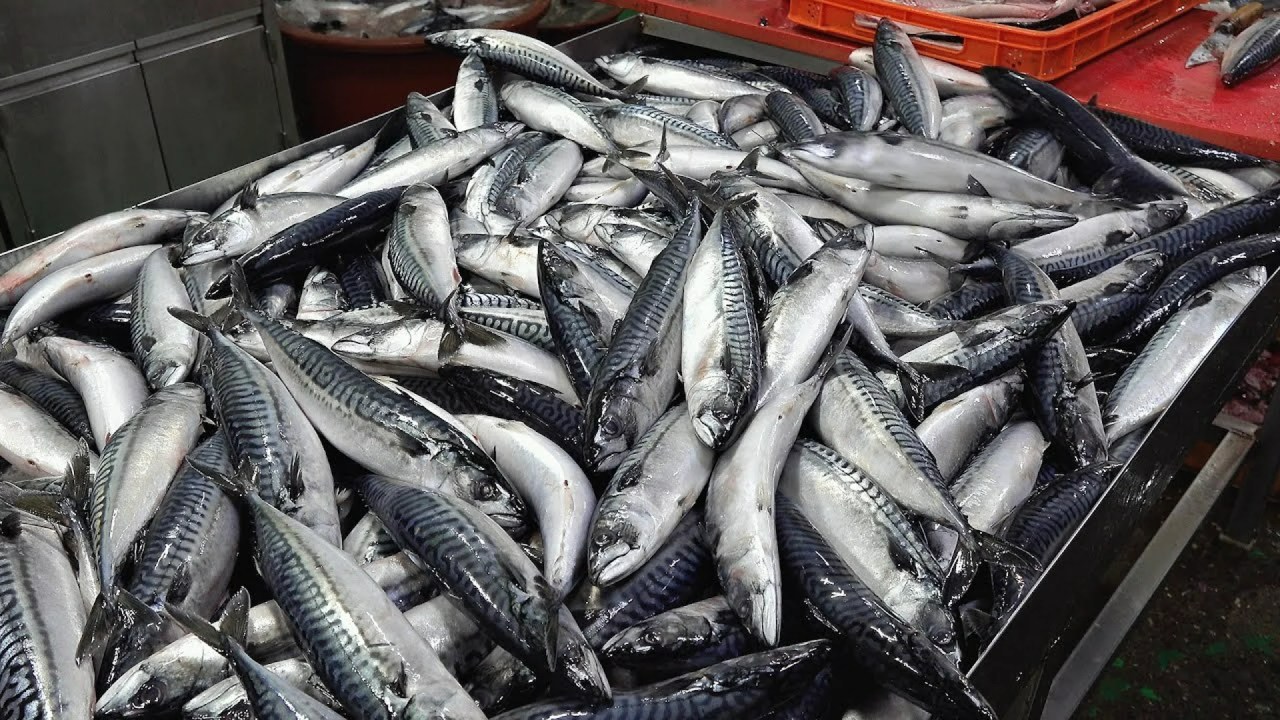From the traditional methods of artisan fishermen to the modern processes done both on board fishing vessels and in fish processing plants, fish processing is a practice that has been around since human civilization began. NorMar team assisted us in curating these seven of the best videos about efficient fish processing techniques, offering valuable insights for anyone in the industry.
Learn about fish processing machines, new filleting methods, proper storage techniques, and other steps in the fish processing process. Whether you’re just starting out or a veteran of this industry, these videos have something to offer everyone who wants to improve their efficiency when it comes to fish processing. So, get ready to dive into the world of efficient fish processing with these seven videos!
1. Amazing Automatic Fish Processing Line Machines Modern Technology
Fish processing is a multi-faceted industry that has seen remarkable developments in automation and technology over the past century. The modern fish processing industry involves a complex chain of events, beginning with catching the fish in the sea and ending with packaged fish products being delivered to stores around the world.
2. Processing 24 Tons of Norwegian Mackerel per Month. Fish Mass Production Factory in Korea
Fish processing is an essential part of the seafood industry. Every month, this company processes 24 tons of Norwegian mackerel in their fish mass production factory located in Korea. Their factory employs a team of dedicated professionals who are skilled in handling this type of fish.
3. Getting Eggs & Fertilization Salmon Process – Million Dollars Automatic Salmon Processing Line
From egg to fillet, this advanced, state-of-the-art technology covers every step of the process with maximum efficiency and precision. The entire process is carefully monitored from start to finish by a team of experts, ensuring that fish quality and safety standards are consistently met.
4. How Salmon Fillet Are Made in Factory
Have you ever been curious about how your favorite salmon filet is made? Get the full story here! Innovation in fish processing technology has allowed for impressive automation of processes. In this episode we’ll explore the machinery and techniques used to make your favorite seafood meal.
5. Net Fishing Tuna – Harvest, Cutting, Clean and Tuna processing in Factory
Net fishing has long been a great way to harvest tuna, and now it’s easier than ever to take advantage of this sustainable practice. In the modern world of tuna processing, net fishing is often combined with cutting, cleaning and further processing in a factory setting.
6. How Shrimp Are Caught & Processed | From Sea to the Shrimp Processing Factory
Shrimp fishing and processing is a complex yet fascinating industry. It’s an art form that requires both skill and experience to master, producing high-quality end product while preserving the natural environment.
The process begins in the deep sea with fishermen dragging large nets through the ocean waters, collecting shrimp from their natural habitats. Once brought on board, the shrimp are processed and packaged for sale. The fishermen must take the utmost care in handling their catch to prevent damage to any of the many delicate appendages that make up a shrimp’s body.
7. Fishing and Processing on a Freezing Trawler
A fishing trawler is an iconic vessel that has been used for centuries to bring seafood out of the depths of the ocean. But there’s more than meets the eye when it comes to a trawler and its processes.
From setting the nets, hauling them up to sorting, freezing and storing – these are elements of the fish processing journey that are often overlooked. Now, with this video you will get an in-depth look at what it takes to turn fishing into a finished product ready for sale.
8. Asian Carp Processing Plant in Kentucky
Western Kentucky is making a big move with Two Rivers Fisheries in Wickliffe taking on the Asian Carp market. With Bighead and Silver carp plentiful in nearby waterways, the fish processing plant is now converting them into food products to be sold commercially. Local fishermen have seen this as an opportunity and are getting paid for their work harvesting these invasive species.



